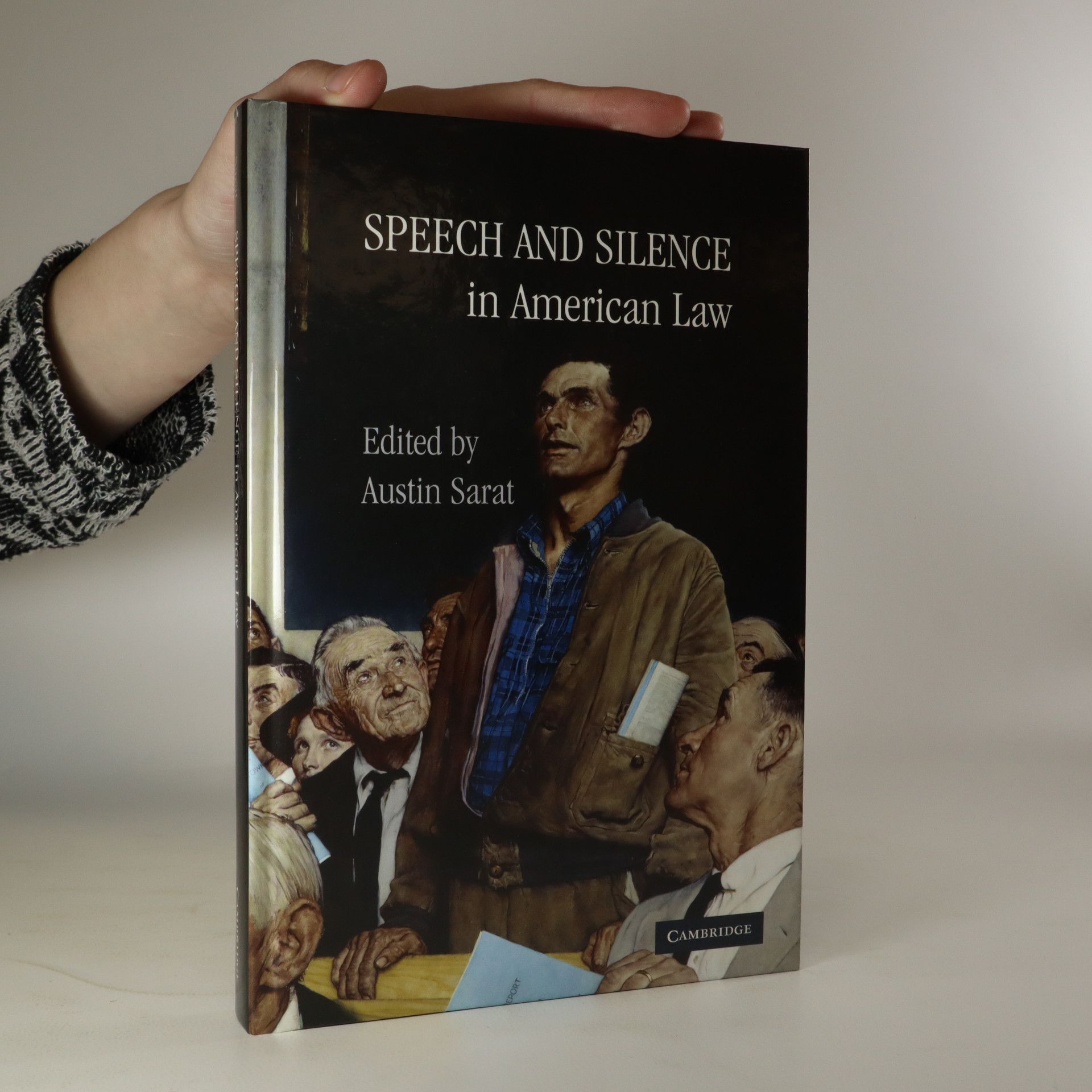Studies in Law, Politics, and Society
- 202pages
- 8 heures de lecture
This collection features a range of articles by interdisciplinary scholars, exploring the intersection of social sciences and law. It highlights the interactions between legal systems and vulnerable populations, as well as examining specific legal controversies faced by indigenous groups. The diverse perspectives aim to shed light on significant social issues and the complexities of legal frameworks affecting marginalized communities.

